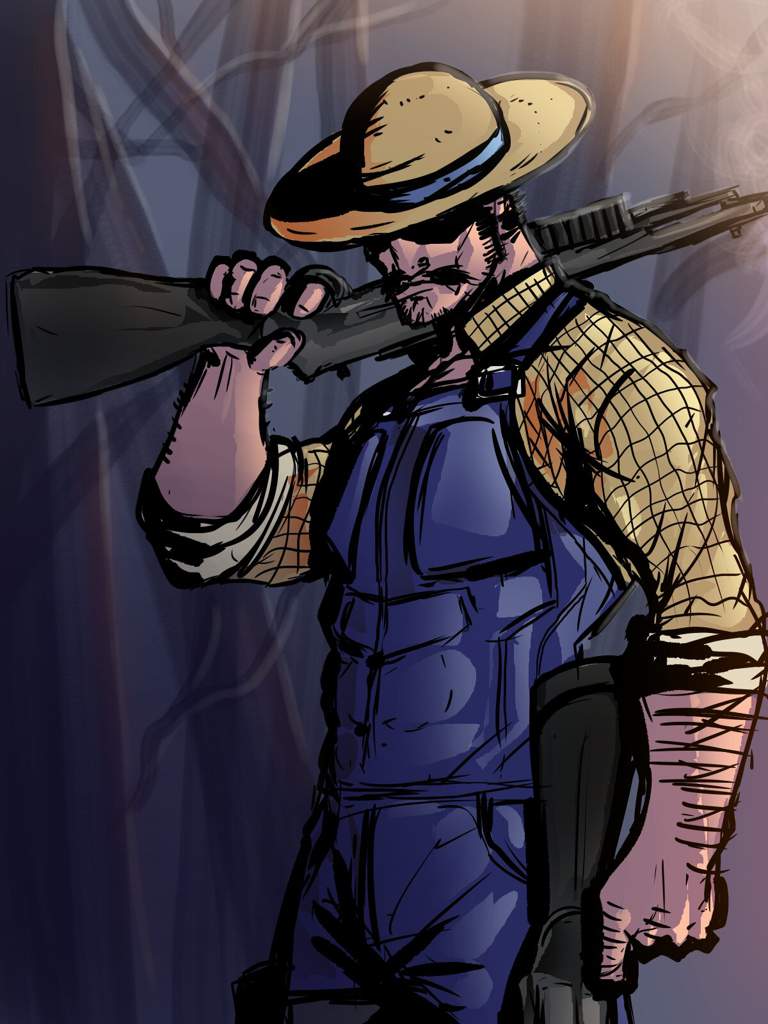

Gun handling etiquette is especially important when shooting with other people. Look at each shot as a chance to improve and don’t let one bad shot impact your next one. Sportsmanship is a big part of skeet shooting, and shooting with a group can help you cultivate that virtue. Shooting with more experienced people can also help you improve your game by providing an example and often a friendly source of tips. Up to five people can make up the squad that moves together between stations during the round. 7. Find some friends.Īs with any sport or hobby, skeet shooting is more fun with a group of friends. Practice with the same gun and learn how it fires by patterning your shotgun. Keeping relatively open chokes can help you hit the target more often. The range and strength of the gun are unimportant for skeet shooting.


6. Learn your weapon.Ī skeet shooting gun is generally an over/under double-barreled shotgun. Continue the motion of the swing after taking the shot as the follow-through. Don’t pull the trigger or disrupt your swing as you take the shot, but gently squeeze the trigger instead. 5. Fire.įire at the high-point of the bird’s trajectory, the top of the arc. It’s cost-effective and time-conscious to practice the mechanics of a skeet shot in your garage or backyard with an unloaded gun, and your game will be better for it. The arch movement of the gun is another step you should practice alone and commit to muscle memory.
Aim sucks on shotgun farmers trial#
Finding the right lead time requires trial and error and may vary with the conditions and course. Maintain a subtle lead on the bird to account for the motion. A tight cheek weld helps your gun follow your eyes for the best accuracy.īefore you call, focus your eyes on the spot just above the trap house where the bird appears to make the most out of the swing. Keep both eyes open, but only your dominant eye should be focused on the bird. Track the bird with your eyes and allow the muzzle of the gun to follow this motion. Amateur shooters often rush to call as soon as they shoulder the gun, but this often leads to excessive motion and difficulty in tracking the bird from the start. Take time to practice this motion away from the skeet shooting range to commit this motion to muscle memory.Īfter mounting your gun, take time to settle in before calling for the bird. The mount is a fundamental move that should be repeated the same way each time. Your stance should be set before you shoulder your gun. Keep a weight-forward stance with about 60% of your weight on your front foot. Your stance is the foundation of the shot it’s what keeps you stable and mobile as you track the bird and take the shot. Block out all your distractions and focus fully on the fundamentals when you’re preparing for the shot. 2. Perfect the stance.Ī good shot starts the moment you step into the shooting station. Watch the flight pattern of the bird carefully as other people take shots so you know what to expect. You aim at clay pigeons from the same two trap houses throughout the entire round, but, as you move stations, you’ll have different angles at the target. The clay pigeons are released from slightly different heights, but the height of each arc is about 15 feet above the ground.

Two trap houses are at either end of the arch and release the clay pigeons, which fly in an arch across the field. In a round of skeet, you’ll take 25 shots from 8 different shooting stations arranged in an arch. Skeet shooting is more intuitive when you know what to expect from the course. The methodical procession of contestants from station to station and the skill and concentration of skeet shooting is reminiscent of golf, but the thrill of aiming at a flying 4-5” target sets this sport in a league of its own.įor off-season hunters looking to keep their shooting form strong with skeet and for recreational shooters new to the sport, these tips can get you started or help you improve your game. Skeet shooting is an enjoyable sport in its own right and for hunters in the off-season.


 0 kommentar(er)
0 kommentar(er)
